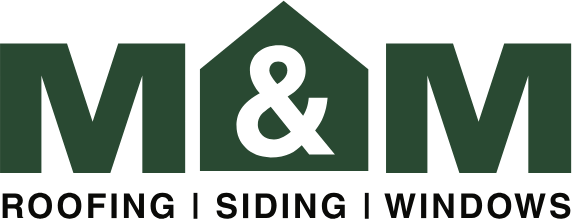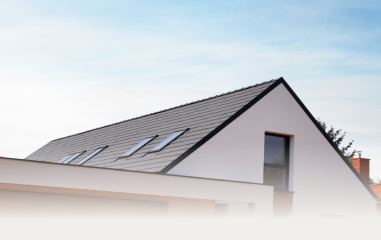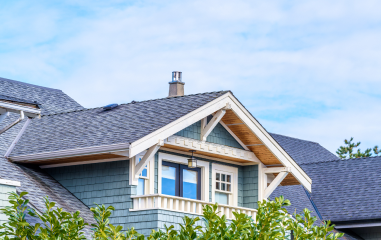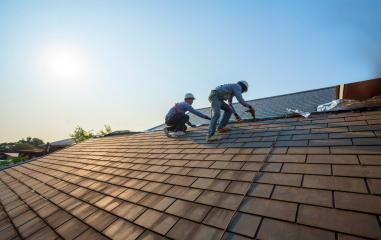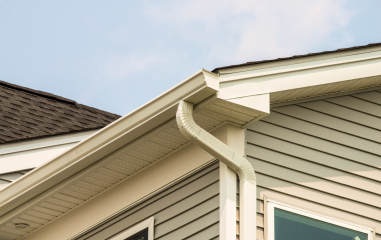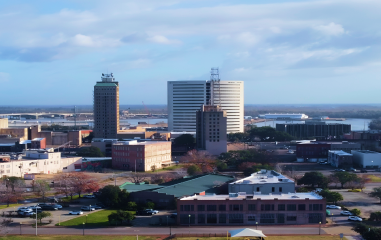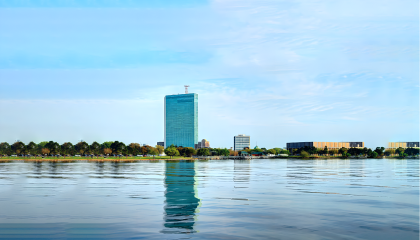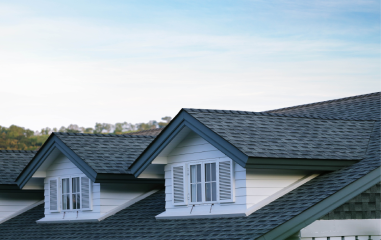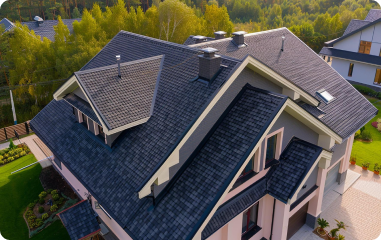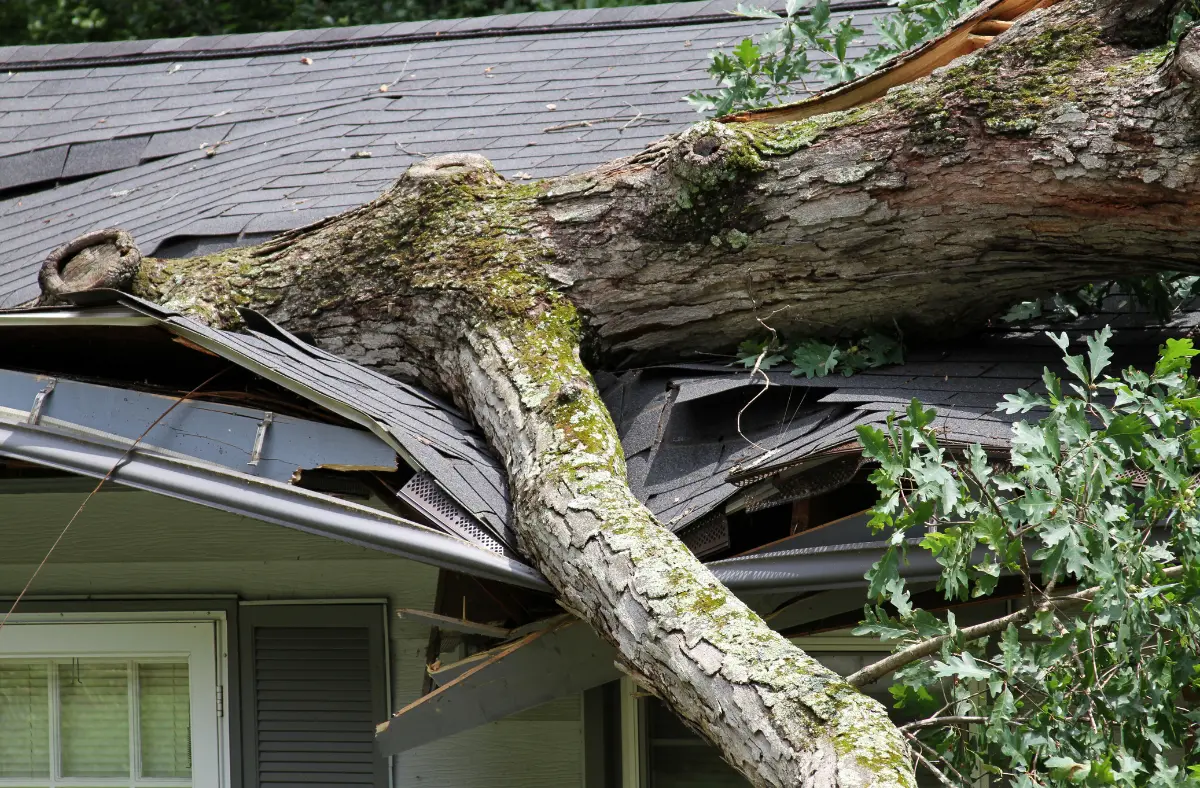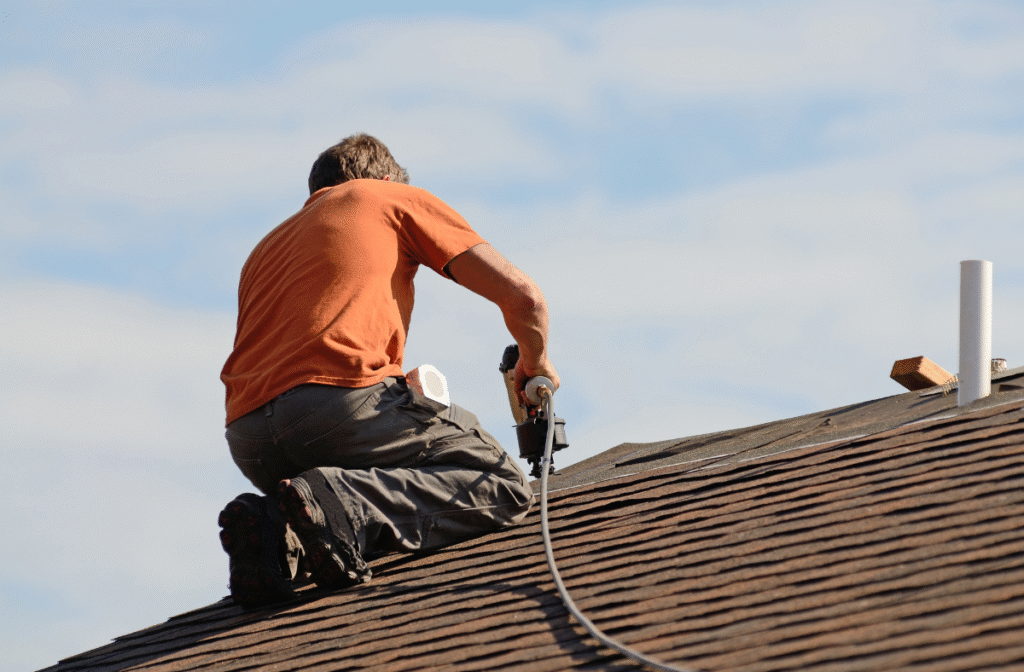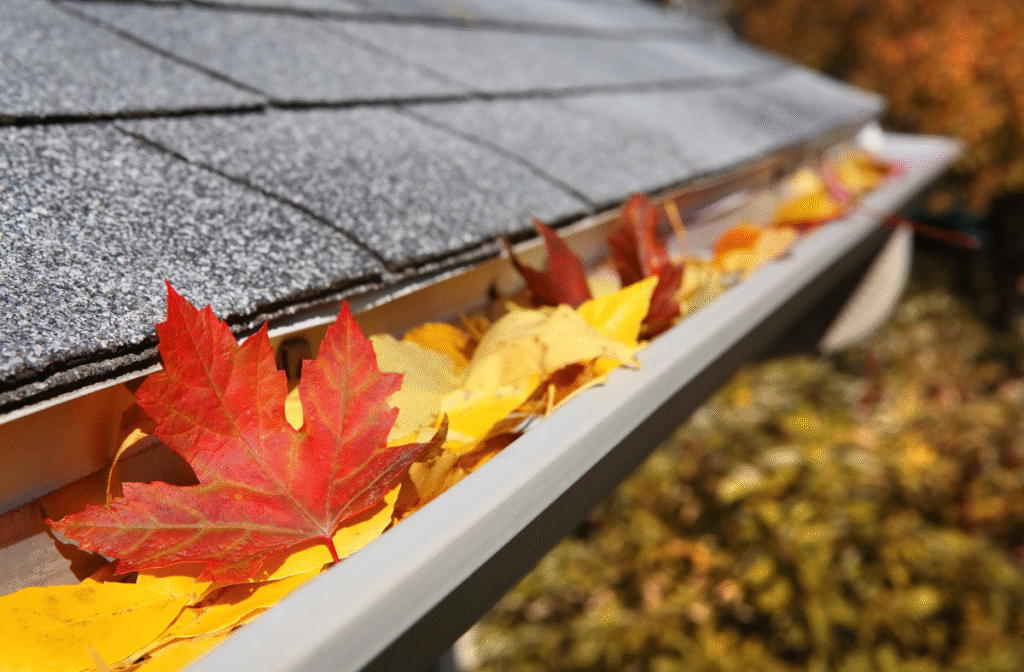Table of Contents
If your roof has storm damage, it’s important to act quickly. Storms can cause significant damage to your roof, and if left untreated, it can lead to even more costly repairs in the future.
In this guide, we’ll discuss what steps you should take if your roof has storm damage.
Immediate Steps After the Storm
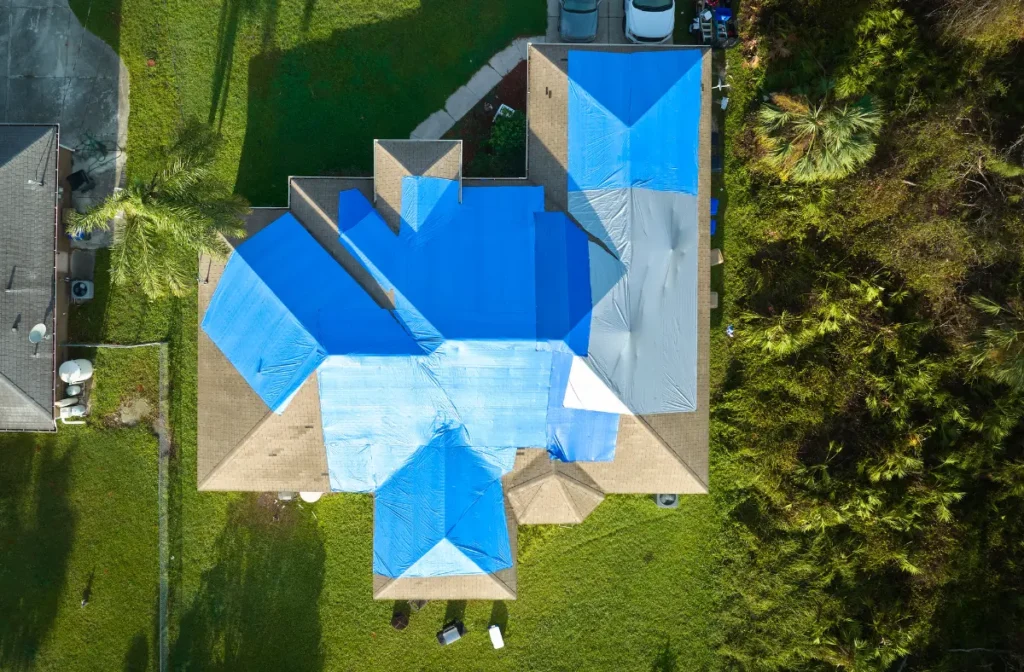
Immediately after the storm, follow these steps.
Ensure Your Safety
The first and most important step is to ensure the safety of yourself and your family. If there is major damage to your roof, it may not be safe to enter your home. There also may be things like fallen tree limbs and fallen power lines that could still cause damage.
Do not attempt to climb onto or inspect the roof until you have received clearance from a professional. Your safety matters more than anything else.
Document the Damage
Take photos and videos of any visible damage to your roof. This will be helpful for insurance purposes and also serve as evidence for any potential disputes with contractors.
Be thorough in your documentation, capturing damage from multiple angles and ensuring that the extent of the impact is clearly visible. Include close-ups of specific problem areas, such as missing shingles, cracks, or holes, to provide a detailed record.
Check for Water Leaks
Even if there doesn’t appear to be significant damage to your roof, check inside your home for signs of water leaks. These can manifest as discoloration on ceilings or walls, damp spots, or drips coming from the ceiling. If you have access to your attic go up and look for leaks.If you notice any signs of water damage, it’s important to address them immediately to prevent further damage. A roof leak can cause significant damage to the interior of the house.
Tarping or Covering Exposed Areas
If you notice any exposed areas on your roof, such as missing shingles or holes, it’s important to cover them as soon as possible. This will help prevent water from seeping into your home and causing additional damage.
You can use a tarp or plastic sheeting to cover the area temporarily. Make sure the covering is secure and extends over the damaged area by at least a foot on all sides.
Clearing Debris
In some cases, fallen limbs or other debris may be sitting on your roof after a storm. It’s important to clear this debris as soon as possible to prevent it from causing further damage. Use caution when removing debris and consider enlisting the help of professionals if necessary.
Address Indoor Water Issues
If you have water coming into your house through your damaged roof, it’s important to address this issue immediately. Use buckets or towels to catch dripping water and consider turning off the electricity in affected areas to avoid any potential hazards.
Dealing with a storm-damaged roof? Call us for a free roof inspection today.
Contact the Right Professionals
After assessing the damage to your home, it’s important that you contact the right professionals in the right order.
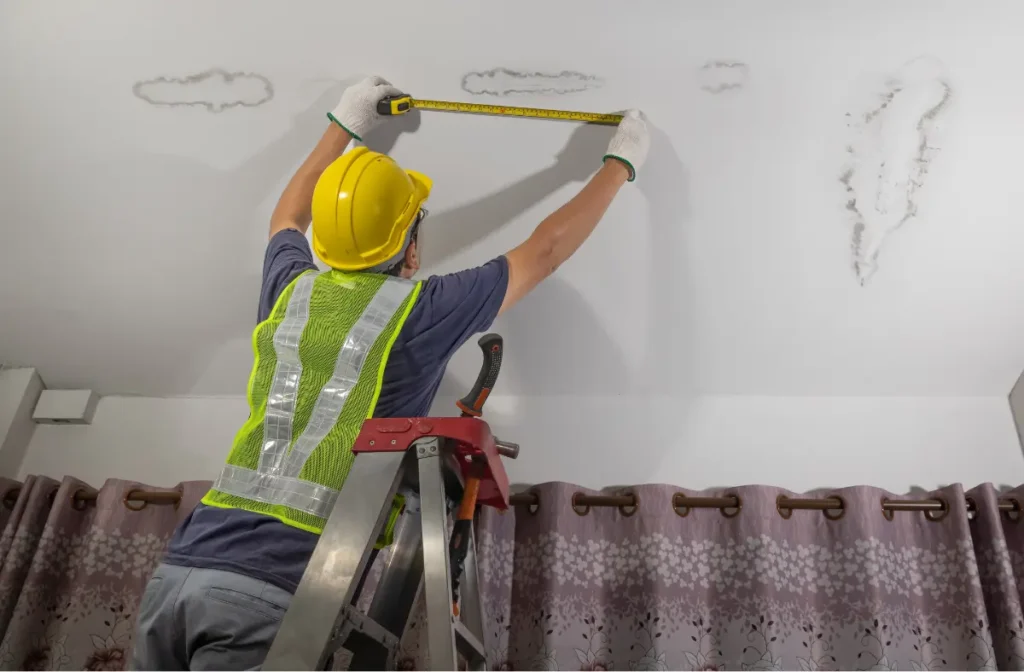
Hire an Experienced Roofing Contractor for an Inspection
You may wonder whether you should contact insurance or a roofing contractor first after storm damage. We recommend contacting a roofing contractor first. They have the expertise to assess the damage and provide an accurate estimate for repairs or replacement.
Be cautious of any contractors who approach you after a storm, as they may be looking to scam homeowners in vulnerable situations. Always hire a reputable roofing contractor with positive reviews and recommendations from trusted sources.
At M&M Roofing we provide free storm damage inspections. We’ll come out to your home, assess the damage, and provide a detailed report for your insurance claim. Our team is insured and experienced in handling storm damage repairs.
Call us today for your free roof inspection.
Contact Your Insurance Company
Once you have received an inspection and estimate from a roofing contractor, it’s time to contact your insurance company. They will likely require documentation of the damage, so having photos and videos ready will help expedite the process. Be sure to also provide them with the estimate from your roofing contractor.
Your insurance policy should cover damages caused by severe weather, but be sure to review your policy and understand what is covered. Some policies may have limitations or exclusions for certain types of storm damage.
Consider Hiring a Public Adjuster
If you feel that your insurance company is not offering a fair settlement for the damages, you may want to consider hiring a public adjuster. These professionals can advocate on your behalf and negotiate with the insurance company to ensure you receive proper compensation for the damage to your home.
Long-Term Repair Options
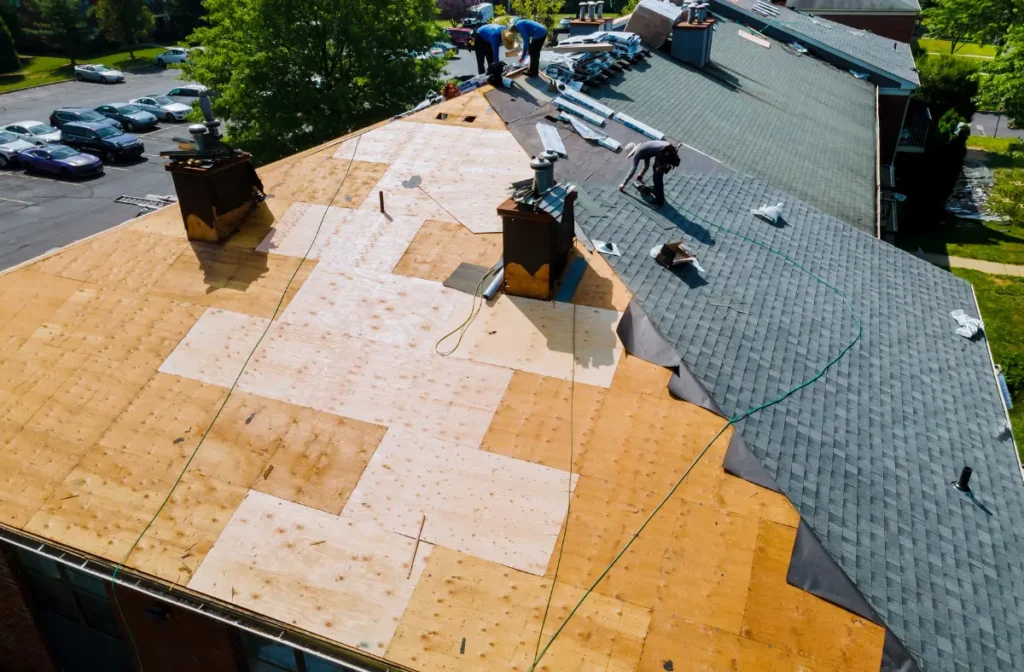
After a severe storm, it’s important to address any immediate repairs necessary to prevent further damage. However, it’s also important to consider long-term repair options for your roof.
Repair vs. Replace Your Roof
Depending on the extent of the damage, you may need to decide whether to repair or replace your roof. A roofing contractor can provide a professional assessment and recommendation based on the condition of your roof.
While repairs may be more cost-effective in the short term, a full replacement may be necessary if the damage is extensive. It’s important to weigh the long-term benefits and costs of each option before making a decision.
Read our in-depth guide: How to Get Insurance To Pay For A Roof Replacement
Choose High-Quality Materials
When replacing your roof, it’s important to choose high-quality materials that are durable and can withstand severe weather conditions. Look for materials with high wind ratings and impact resistance, such as metal or asphalt shingles with Class 4 hail ratings.
Investing in high-quality materials can save you money in the long run, as they are less likely to sustain damage and require frequent repairs.
Regular Maintenance
To ensure your roof remains in good condition and can withstand future storms, it’s important to schedule regular maintenance. This includes inspecting for any potential damage or weak spots, clearing debris from gutters and downspouts, and trimming nearby trees that could potentially fall on your roof during a storm.
Regular maintenance can help extend the lifespan of your roof and prevent costly repairs in the future.
Conclusion
When your roof has storm damage, you can’t afford to wait to take action. Contact a reputable roofing contractor to assess the damage and provide recommendations for repairs or replacement. Don’t forget to consult with your insurance company to see if your policy covers storm damage and how much they will cover.
M&M Roofing has been helping clients with storm-damaged roofs for over 40 years. Our experienced team can provide a free inspection and work with your insurance company to make the process as smooth as possible.
Call us today for a free roof inspection so we can help you with your roof.
